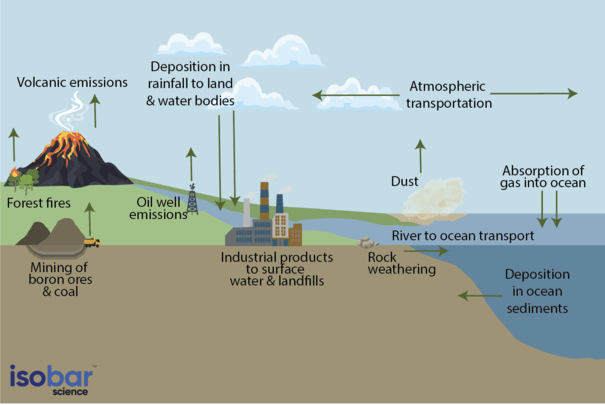Free Webinar on Strontium + Boron in Hydrochemistry
Isobar Science and Beta Analytic invite researchers interested in isotopes and dating to view this FREE webinar: Strontium + Boron in Hydrochemistry
Live Webinar: April 20, 2023 at 11 am EST
Speaker: Maren Pauly, PhD (Beta Analytic & Isobar Science Scientific Associate)
Webinar Topics include:
- Boron + Strontium Isotope systematics in the hydrosphere
- Implications of water pollution via isotopic pathways
- Case Studies: Identifying sources + implications
- Overview of Isobar offerings + sample submission
The speaker, Dr. Maren Pauly, will discuss how boron and strontium can be used to identify isotopic variability in the hydrosphere, including identification of pollution sources. Dr. Arash Sharifi (Isobar Science VP of Laboratory Operations) and Mr. Keiran Swart (Isobar Science Laboratory Specialist) will join the webinar for the Q&A session.
Dr. Pauly is a paleoclimatologist who completed her PhD at the Freie Universität Berlin. Her research experience includes reconstructing climate from modern corals and subfossil tree-rings as well as Late Glacial radiocarbon calibration. She completed her Master of Science and Bachelor of Science degrees at the University of Waterloo in Canada.
Strontium & Boron Systematics
Boron is cycled through many different spheres on earth, making it an important isotopic tracer for environmental sciences. Some significant sources of anthropogenic boron include emissions during the combustion of biomass and coal, mining, the production & use of industrial products and surface runoff from agriculture and landfills into surface waters and eventually the ocean. Natural sources include dust, rock weathering, volcanic eruptions and forest forest. Boron is also removed from the atmosphere during rainfall and estimated dry deposition.

Different natural and anthropogenic sources of boron have distinct isotopic signatures (δ11B) that can be measured and characterized. This boron cycle interacts with other isotopic cycles – including that of strontium – thus, the analysis of boron in combination with other relevant isotopes (e.g. δ18O, δ15N, 87Sr/86Sr) can provide richer source information. For example, strontium isotopes (87Sr/86Sr) are commonly used in provenance studies because different landscapes have specific strontium signatures in the bedrock, which gets transferred to the overlaying plant material and ultimately the bones, teeth and tissues of any humans or animals who consume the plant in question.
The utilization of a set of such isotopes have demonstrated compelling results in recent academic studies – including the identification of a series of different contamination sources in South Florida surface water (Sharifi et al. 2022).
Join our mailing list to receive news of upcoming webinars by Beta and its subsidiaries as well as other industry updates.
